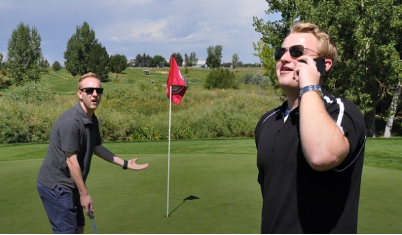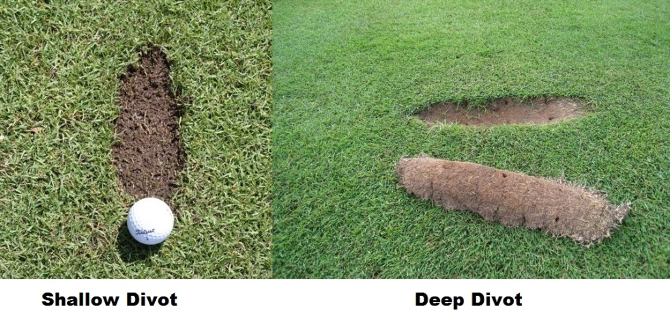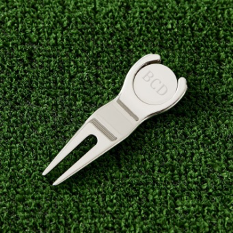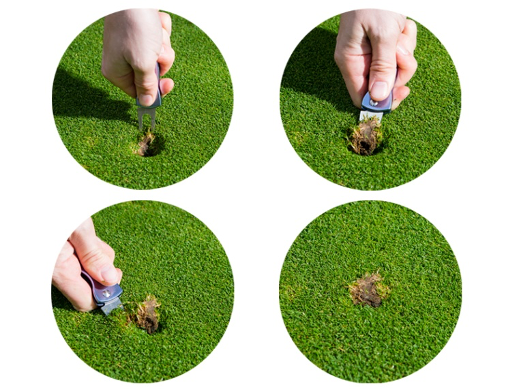
Introduction
Sport has unwritten rules or customs—etiquette—to uphold respect and fairness. These help people play in the ‘spirit of the game’. They often require players to take an active approach to respect and fairness, not just avoid breaking the rules. Below is a list of golf’s key etiquette areas.
Follow these, and you will gain more respect from your peers on the golf course. In a golf/business situation, you’ll avoid a potential embarrassing situation with a client, prospective client or even your boss!
Respecting other players
Try not to do anything that could disturb or distract your fellow players while they play their shots.
Banter is great, but once a player begins their pre-shot routine, please be quiet. This includes avoiding rattling your golf clubs, making practice swings, or generally walking about. It would also be helpful if you follow the flight of their shot and mark where it lands (near a tree, bunker, wall etc)
1st Tee
Where to stand
Stand facing the player about to play at a safe distance. Please don’t stand behind them as the slightest movement by you on their back swing could put them off.
Declare your golf ball
When it’s your turn, make sure you have marked your golf ball so you are able to identify it as yours. Relying on the make and number is not sufficient. Use a marker pen to add your initials or a few dots. Then declare this to your playing partners. This will avoid them playing the same ball as you as well as being able to identify your ball more easily.
Mobile phones
Mobile phones are banned on most golf courses. If they are permitted, please put yours on silent and only make or take a call if it’s an emergency.

Speed of Play
Ready golf is a new initiative from the R&A to speed up play. When playing social golf, if a player is ready and it’s safe to play, hit your shot.
However, in a competition, especially match play, whoever won the last hole has the right to tee off first. Also whoever is furthest away on subsequent shots has the right to play first. This can have a major bearing .If for example, you split the fairway with your drive or make a 10 foot putt this may place added pressure on your opponent. Your playing partner is entitled to ask you to take your tee shot again if you play out of turn in a match-play competition. In a stroke play game this is less of an issue but you should ask if it’s ok to tee off first if you are ready and your opponent is not.
When to write the scorecard
Please don’t fill out the score card on the green, especially if the group behind is waiting to play. If it’s your honour, play your shot, and then fill out the score card so you don’t keep your opponent waiting.
Where to put your clubs near the green
As you approach a green, figure out where the next tee is and leave your clubs on that side (never on the green), rather than in front of the green. This will avoid holding up the match behind while they wait for you to retrieve your clubs
Putting
- Line of sight
Don’t stand on the line of sight either behind the player or behind the hole when they are putting
2. A player’s line
Avoid walking on a player’s putting line before they putt as your foot imprints could cause the putt to deviate from its intended line
3. Mark your ball
Please mark your ball on the greens with a marker that is flush to the ground so as not to deflect your playing partners putt
If you don’t have a flush ball marker, use your putter head to move the marker (1-3 putter heads away) using something like a tree as a reference. Don’t forget to replace your ball by reversing the process.
Speed of play
Do try to keep up with the match in front rather than just ahead of the game behind. If your match falls more than a hole behind, do offer the game behind you to go through.
When to drive
If the course is full and the overall speed of play is slow, do wait until the group in front is well out of range before hitting your tee shot. Driving into the group in front is potentially quite dangerous and won’t make you any new friends.
Respecting the course
Replace divots
When you play a shot and remove a section of fairway, please replace it. This will enable it to re-grow and avoid another player’s golf ball landing in the hole you left behind.

Repairing pitch marks
When your ball land on the green, it will often make an imprint or pitch mark. Repair these straight away (with a pitch mark repairer) and the grass will recover quickly. Ignore it and it will take over a week to recover. Aim to repair at least two pitch marks per green, even if you didn’t create one. If all golfers do the same the playing surfaces will improve dramatically. You may even make more putts!
Work from the outside in and then pat down gently with the sole of your putter.


Bunkers
Please rake your footprints and leave the bunker as you’d like to find it.
Exit the bunker from the lowest point.
Shake hands
Whatever the result, at the end of the game, take off your hat, look your opponent in the eye and shake hands. Do say “well played” or “I enjoyed your company” or some such platitudes – IT’S GOOD SPORTSMANSHIP. You can always beat them next time!

I would welcome your feedback on any aspects of this blog.
07764 895 045
Facebook: @TheGolfSwingCompany